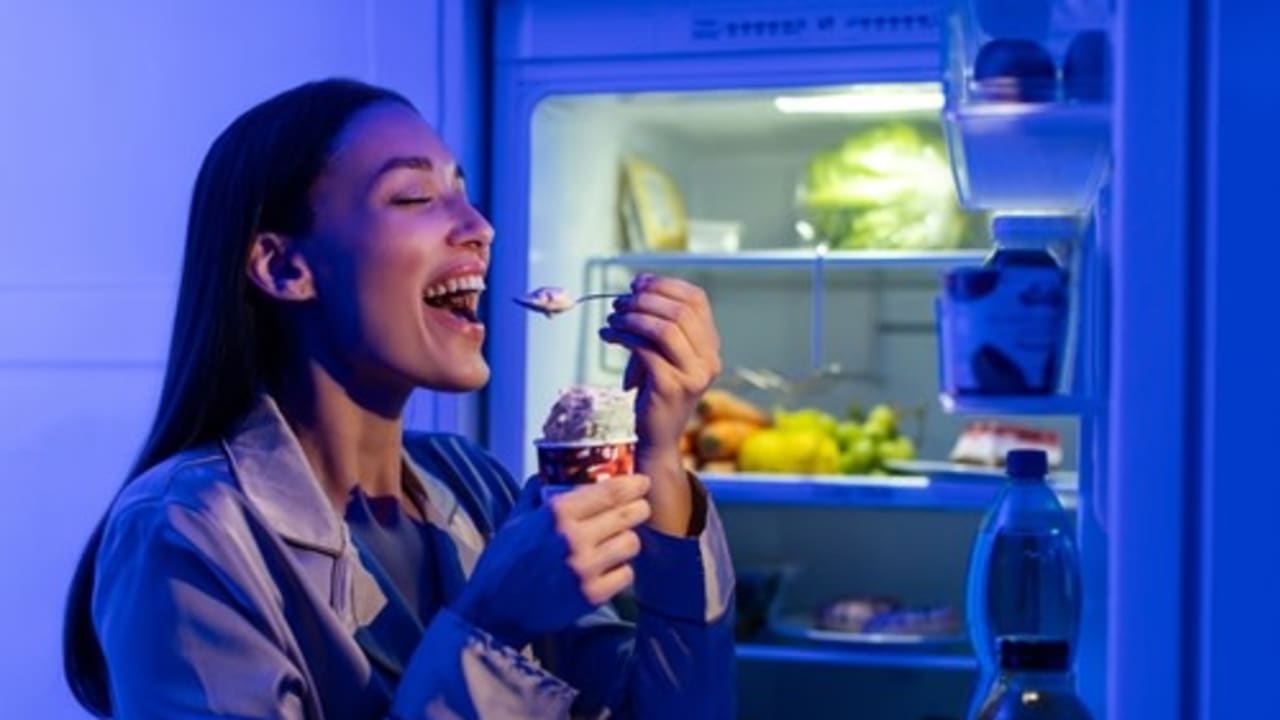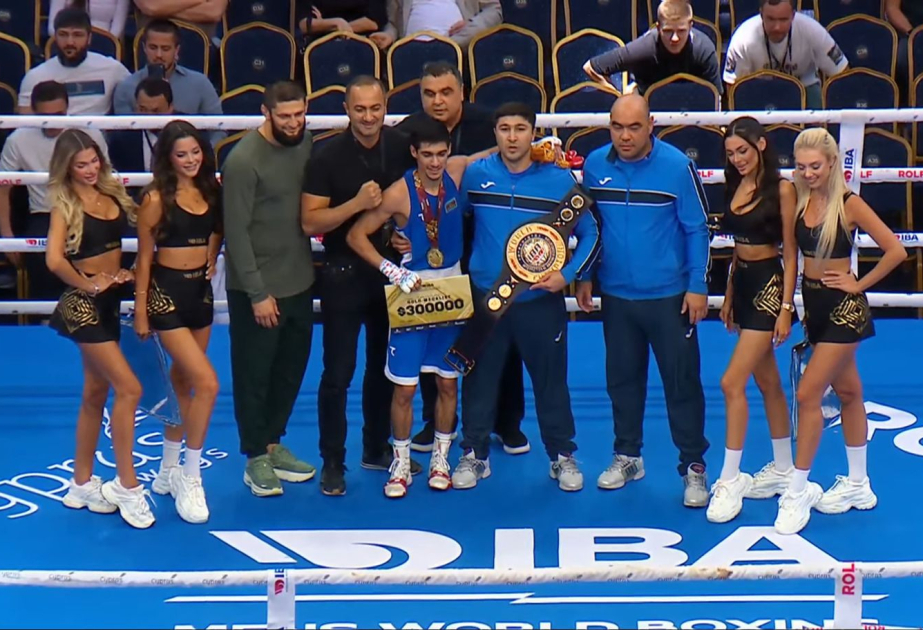Armenia's genocide and violent deportation of the last generations of our compatriots, who lived in their ancestral lands in Western Azerbaijan for centuries, has gone down in history as one of the crimes against humanity of the last period of the 20th century. After that, the aggressor state occupying 20 percent of the territory of our country, turning the local population into forced refugees in their homeland, and turning our cities and villages into ruins is an unparalleled example of vandalism committed in history.
At present, acts of urbicide, ecocide, cultural heritage destruction are partially reflected in the Rome Statute of the International Criminal Court, which is known as one of the main sources of transnational criminal law, as well as in our national criminal legislation as war crimes (under Article 116 of the Criminal Code). The crimes committed by Armenia against West Azerbaijan and our country for 35 years are destruction of civilians, genocide, deportation, ethnic cleansing, etc. in addition to the commission of international crimes, it also led to the occurrence of vandalism such as the destruction of cultural heritage.
Armenia's encroachment on the right of our people to live in their homeland has cost the lives, health, lives, etc. of nearly a million civilians. violated their rights and caused the destruction and looting of cultural resources. In general, Azerbaijanis were subjected to deportation and genocide by Armenians and their patrons in the last 2 centuries, as a result, they were displaced from their ancestral homeland in the territory of present-day Armenia. In the 20th century, Azerbaijanis were deported from their historical-ethnic lands 4 times - in 1905-1906, 1918-1920, 1948-1953, 1988-1991. At this time, our compatriots were subjected to genocide, torture, massacres, and thousands of historical and cultural monuments and settlements belonging to our people were destroyed.
According to the research of our historians, 499 villages where Azerbaijanis once lived in Western Azerbaijan were forcibly evacuated and are in ruins today. 702 toponyms belonging to Azerbaijanis have been Armenianized. In Western Zangezur alone, Azerbaijanis lived compactly in more than 70 villages. Azerbaijanis were also the majority in the Goycha lake basin. Armenians have now settled in 734 villages where our compatriots used to live in Western Azerbaijan. At that time, only Azerbaijanis settled in 170 villages of Armenia. They were the majority in about 90 villages. Western Azerbaijanis, in total, lived in more than 300 cities and villages. In 1988, they were all forcibly expelled from Armenia. Many civilians were killed and tortured. Residents of Nuvedi village were subjected to the last deportation in August 1991.
Our expulsion from Western Azerbaijan and the occupation of Karabakh became our national tragedy. Although the outside world is aware of all this, the international institutions, under the guidance of the political and religious centers ruling the world, turned a blind eye to the obvious violation of the rules they created. Armenians' destruction or Armenianization of historical assets belonging to Azerbaijanis in order to lose the identity of their cultural heritage began in Western Azerbaijan at the beginning of the 20th century and was brutally continued during the occupation of Karabakh and surrounding regions.
The destruction of the cultural heritage of our people by the nationalist and aggressor Armenia and the infliction of irreparable wounds on the environment, the use of the "scorched earth" war tactic prohibited by the 1977 Additional Protocol I of the Geneva Conventions, first of all , shows that the occupied territories will never be returned to them. did not belong. Crimes against humanity, such as the brutal destruction of the ancient cultural heritage of our people in the occupied territories of Western Azerbaijan, Karabakh and surrounding regions, have not been punished to this day.
As a result of the occupation of the Karabakh region and surrounding regions, 86 thousand 307 exhibits of 23 museums of Azerbaijan, 371 paintings of 4 picture galleries, 4.6 million copies of books of 927 libraries, 260 thousand documents of 13 archives, 5 thousand 300 architectural and archaeological monuments, 50 thousand historically important persons the collection was looted or destroyed by Armenia. The complete destruction of dozens of mounds, ancient human settlements, cemeteries, places of faith, Muslim religious monuments and other archaeological monuments has seriously affected the history and culture of Azerbaijan. According to preliminary estimates, the total amount of this damage is 177 billion US dollars.
The materials of the criminal case opened by the General Prosecutor's Office of the Republic of Azerbaijan state that "mounds and other historical cultural monuments in Khojaly, Aghdam, Fuzuli, as well as more than 100,000 valuable and rare exhibits of worldwide significance discovered during archaeological excavations were destroyed and looted. Among international organizations, the Organization of Islamic Cooperation, which initially recognized Armenia's aggression against Azerbaijan, adopted several resolutions on the destruction of religious and cultural monuments in our occupied lands.
According to the UN Convention of November 14, 1970 on "Measures for the Prohibition and Prevention of the Illegal Importation, Removal, and Transfer of Ownership of Cultural Property," every state must protect archeology, ancient times, history, literature, and art. and religious or worldly valuable heritage cultural assets considered important for science (Article 1). In addition, this convention states that architectural ensembles (religious monuments), works of art, manuscripts, books and other objects of artistic, historical or archaeological importance, as well as scientific collections, books and archives, are of great importance for the cultural heritage of each nation. materials, museums where they are stored or exhibited, libraries, etc. buildings are considered cultural assets.
In addition, the 1954 Convention "On the Protection of Cultural Resources in the Time of Armed Conflicts", the 1972 UNESCO Convention "On the Protection of the World Cultural and Natural Heritage", "On the Protection of the Archaeological Heritage" on the international legal protection of cultural resources. European Convention dated 1992, UNESCO Convention dated 1970 "On the measures aimed at the prohibition and prevention of the illegal importation and removal of cultural property and the illegal transfer of ownership rights" etc. regulated by international acts.
The past and the past 30 years of Azerbaijan's history prove that the destruction of cultural heritage is purposefully committed not only during armed conflict, but also during peacetime, so this act should be criminalized as "destruction of cultural heritage" as an independent type of international crime. In any case, the purposeful destruction, looting and fraudulent "appropriation" of our cultural resources by Armenia is undeniable and proven by real facts.
Our proposed definition of "destruction of cultural heritage" is more precise and broader than the term "cultural genocide". This expression covers not only cultural resources destroyed, looted and Armenianized in the occupied territories of Karabakh and surrounding regions, as well as cultural resources destroyed in present-day Armenia, which were created in the historical Turkish lands of Western Azerbaijan. In this regard, it is necessary to take into account that Armenia and their patrons have recently been actively adding the lie of "culturicide" to the "Armenian genocide" campaign for more than a hundred years, and are making a baseless accusation to the whole world.
Unable to digest Azerbaijan's brilliant victory in the Second Karabakh War, the European Parliamentary Assembly adopted a biased "resolution" on March 10, 2022, expressing the exact opposite of the truth. This biased document is a vivid example of double standards, using the "scorched earth" tactic by Armenia in West Azerbaijan, Karabakh and surrounding regions to destroy the settlements, historical monuments and Islamic religious temples, cemeteries, etc. of the local population of Azerbaijanis. he ignored the destruction of material, cultural and natural resources. With their anti-Azerbaijani and anti-Muslim hysteria, they falsely shed tears over the "destroyed Armenian cultural heritage" during the 44-day Second Karabakh war.
During the 30-year occupation period, the destruction of the cultural heritage of the Azerbaijani people, which has a rich and ancient history, has been proven time and again by irrefutable facts. Representatives of international organizations and foreign countries personally watched these crimes against humanity in the liberated territories. All this is in accordance with the Fourth Geneva Convention, the 1954 Hague Convention "On the Protection of Cultural Property in the Time of Armed Conflict", the 1992 Convention of the Council of Europe "On the Protection of the Archaeological Heritage", UNESCO's "On the Protection of the World Cultural and Natural Heritage" It should be considered as a violation of the provisions of the 1972 Convention and the organizers and executors of these crimes should be brought to international legal and civil responsibility.
Armenia's policy of aggression, cruelty to human life, and vandalism led to the complete destruction or appropriation of the national and cultural resources and historical monuments of Western Azerbaijan. Western Azerbaijan is our historical land. This is confirmed by numerous historical documents, maps, memory and existence of this community.
All this once again shows that the rights of Western Azerbaijanis should be restored on the level of the realities created in the South Caucasus and they should return to their native lands. President Ilham Aliyev has set this issue as a national task. The head of state is trying to resolve the return of our compatriots to their ancestral lands in a peaceful and peaceful way.
Shahla Samadova,
Head of the department of BSU, professor, member of the legal department of the West Azerbaijan Community




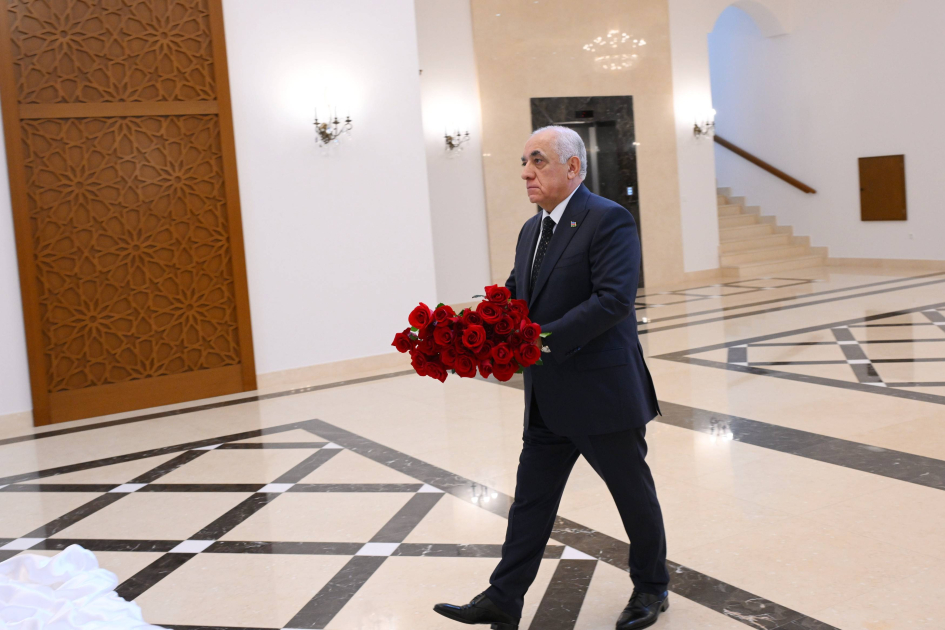
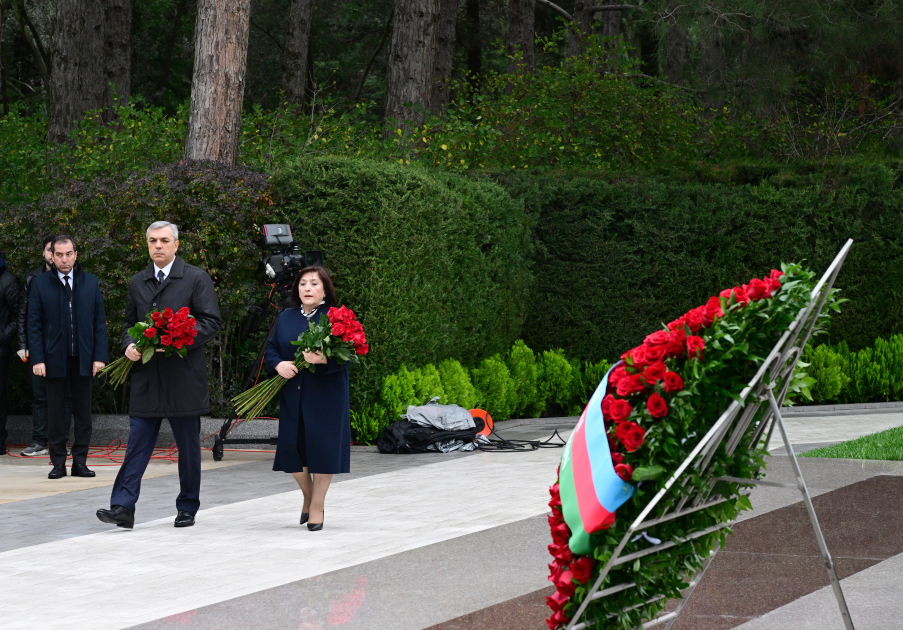
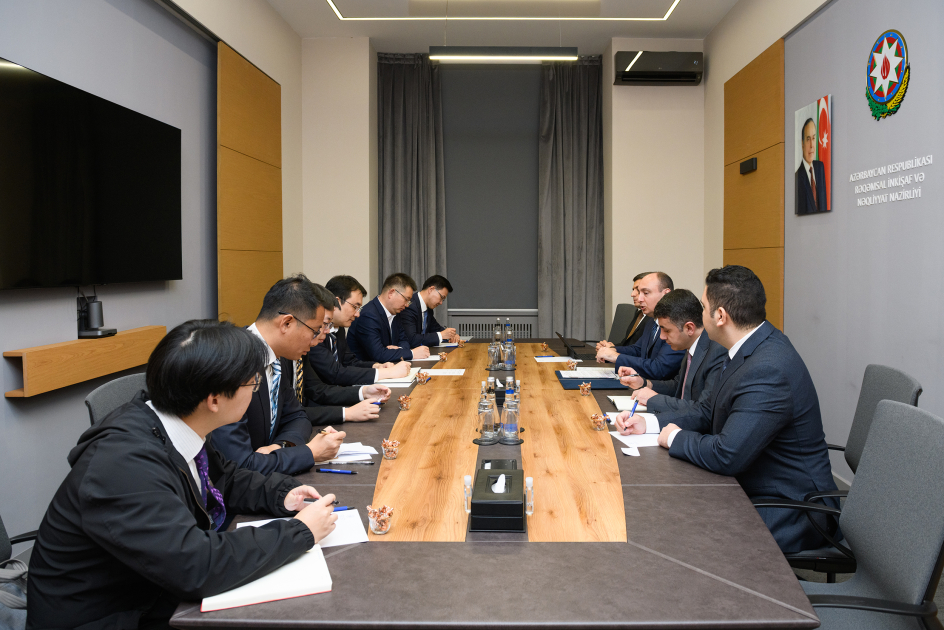

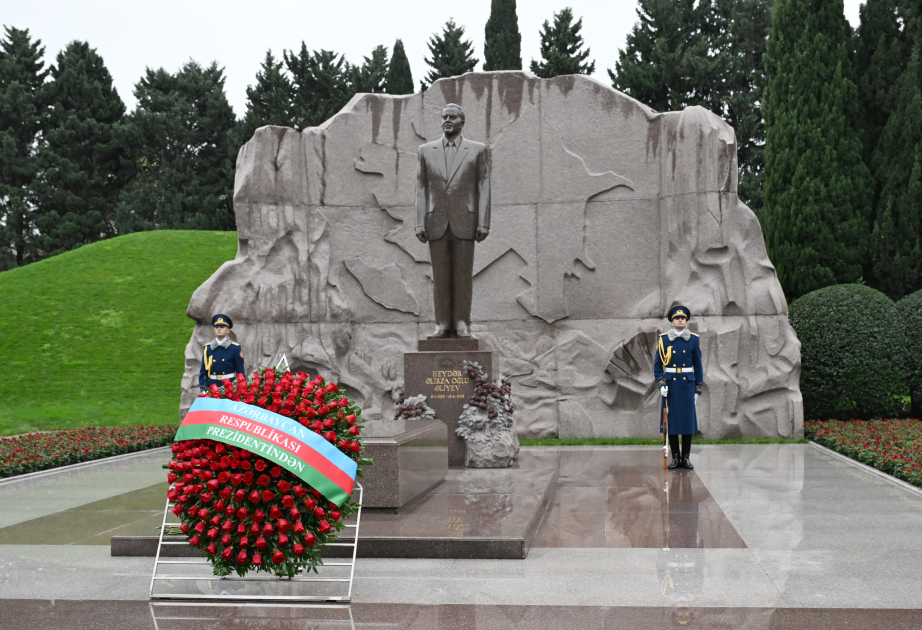
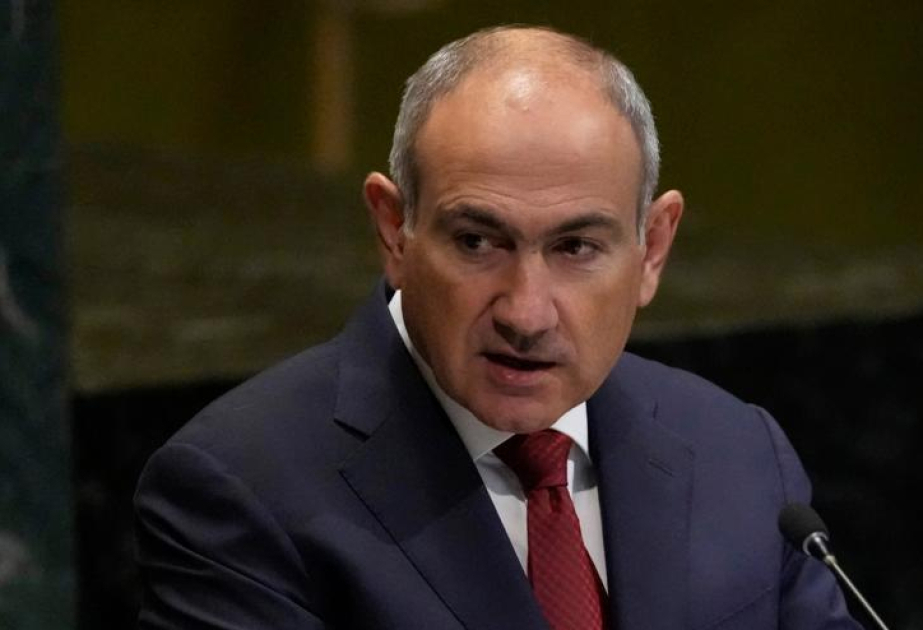
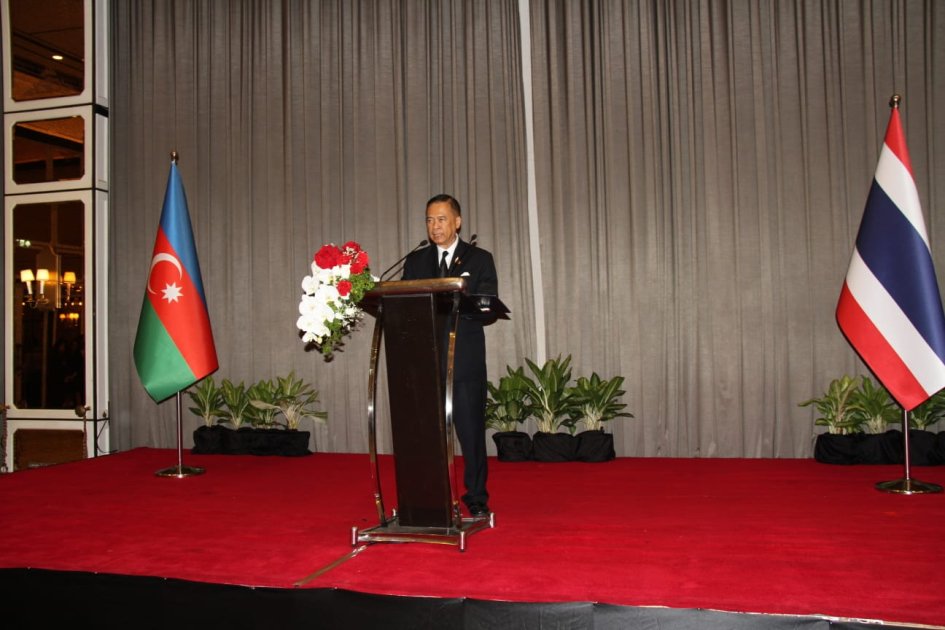
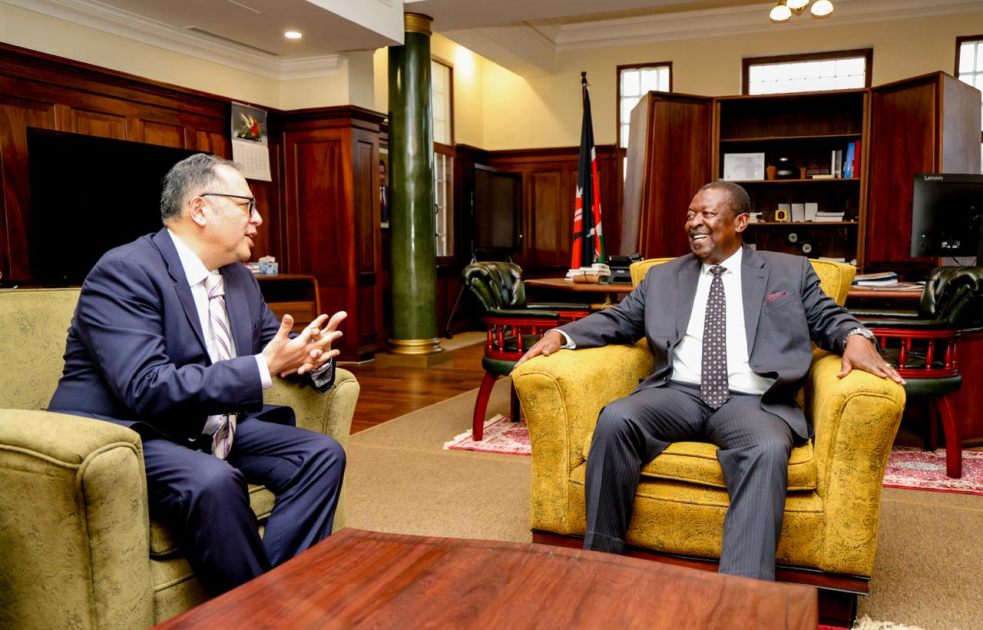



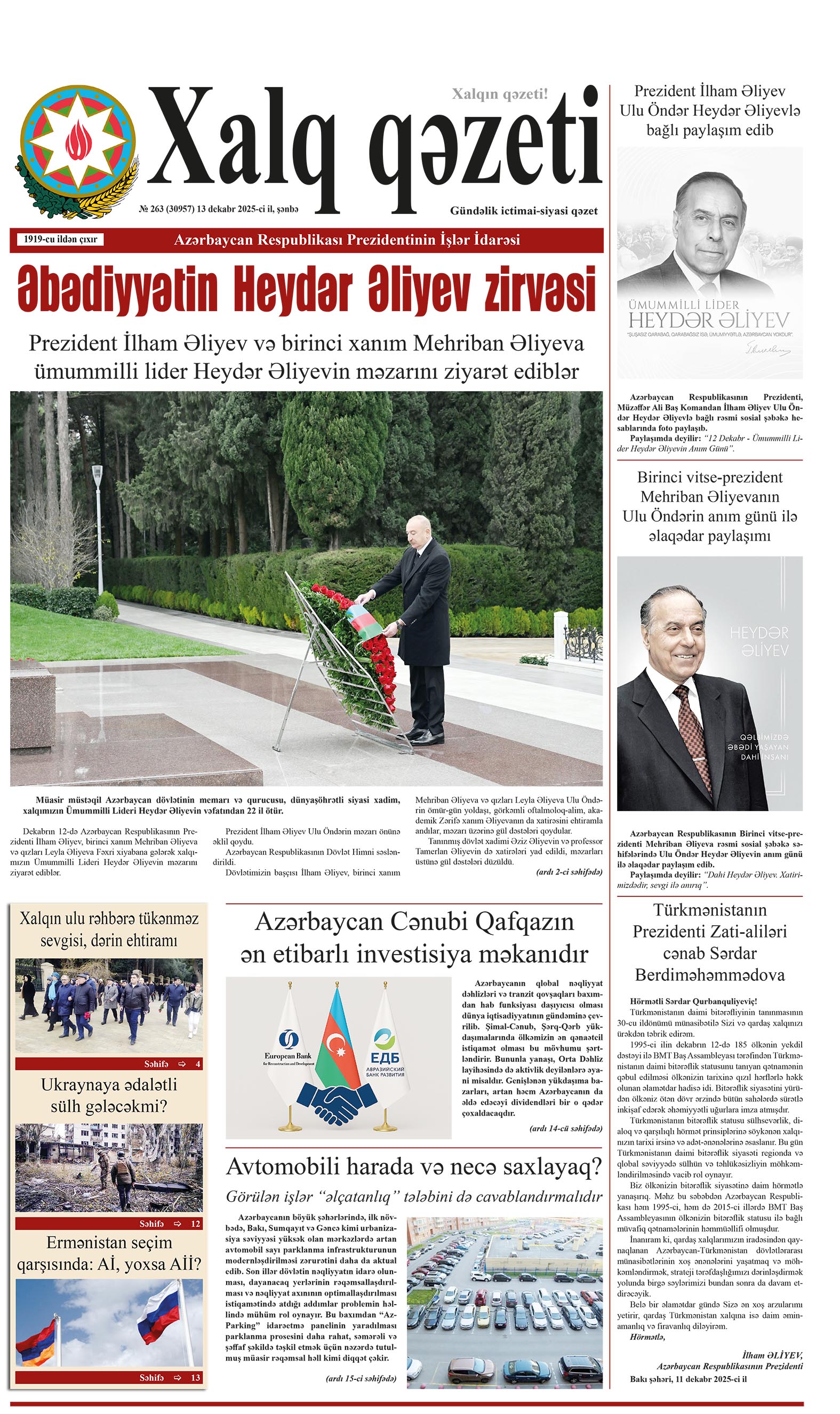
.png)

